Correlation between stroke types, lesion location and degree under the background of aging
DOI: 10.23977/medsc.2021.020214 | Downloads: 9 | Views: 1945
Author(s)
Yinrui Guan 1, Bing Xu 1
Affiliation(s)
1 Affiliated Hospital of Shaanxi University of Traditional Chinese Medicine, Xianyang 712000, Shaanxi, China
Corresponding Author
Bing XuABSTRACT
Objective: To explore the correlation between stroke types, lesion location and degree under the background of aging. Methods: 10ml venous blood samples were taken from all subjects at the time of admission, the third day and the seventh day after onset, and the levels of serum homocysteine (Hcy), whole blood C- reactive protein (CRP) and other biochemical indexes were detected. Serum S100β concentration was determined by immunochromatography, and PARK7 content was determined by ELISA. Results: The occurrence of stroke events was closely related to the degree of blood glucose, total cholesterol, low density lipoprotein, homocysteine, C-reactive protein and triglyceride, but not to the degree of high-density lipoprotein. The neurological deficit score in CI group showed that the more serious the disease was, the higher the plasma Hcy concentration was. There was no significant correlation between age and NHISS score. Conclusion: Plasma Hcy level in patients with acute stroke reflects the severity of their illness, which is helpful to evaluate prognosis and guide clinical treatment.
KEYWORDS
Aging, Stroke, Homocysteine, Pathological changes, RelativityCITE THIS PAPER
Yinrui Guan, Bing Xu. Correlation between stroke types, lesion location and degree under the background of aging. MEDS Clinical Medicine (2021) 2: 72-76. DOI: http://dx.doi.org/10.23977/medsc.2021.020214
REFERENCES
[1] Noor A, Mustafa H, Ali S A, et al. Correlation between plasma D-dimer level and lesion volume in acute ischemic stroke [J]. Journal of Postgraduate Medical Institute, 2020, 34(2): 87-90.
[2] Pinto A, Pereira S, R Meier, et al. Combining unsupervised and supervised learning for predicting the final stroke lesion [J]. Medical Image Analysis, 2020, 69(3): 101888.
[3] Umarova R M, Schumacher L V, Schmidt C, et al. Interaction between cognitive reserve and age moderates effect of lesion load on stroke outcome [J]. Scientific Reports, 2021, 11(1): 4478.
[4] Zhang L, Song R, Y Wang, et al. Ischemic Stroke Lesion Segmentation Using MULTI-PLANE Information Fusion [J]. IEEE Access, 2020, PP(99): 1-1.
[5] Aras B, Nal Z, Kesikburun S, et al. Response to Speech and Language Therapy According to Artery Involvement and Lesion Location in Post-stroke Aphasia [J]. Journal of Stroke and Cerebrovascular Diseases, 2020, 29(10): 105132.
[6] Sul B, Lee K B, Hong B Y, et al. Association of Lesion Location With Long-Term Recovery in Post-stroke Aphasia and Language Deficits [J]. Frontiers in Neurology, 2019, 10: 776.
[7] Pombo A F, Raposo I, Osorio N L, et al. Lesion location and other predictive factors of dysphagia and its complications in acute stroke [J]. Clinical Nutrition, 2019, 33: 178-182.
[8] Raphaely-Beer N, Katz-Leurer M, Soroker N. Lesion Configuration Effect on Stroke-Related Cardiac Autonomic Dysfunction [J]. Brain Research, 2020, 1733: 146711.
[9] A Clèrigues, Valverde S, Bernal J, et al. Acute and sub-acute stroke lesion segmentation from multimodal MRI [J]. Computer Methods and Programs in Biomedicine, 2020, 194: 105521.
[10] Yuan T, Rapp B. The effects of lesion and treatment-related recovery on functional network modularity in post-stroke dysgraphia [J]. NeuroImage: Clinical, 2019, 23: 101865.
| Downloads: | 10099 |
|---|---|
| Visits: | 695095 |
Sponsors, Associates, and Links
-
Journal of Neurobiology and Genetics
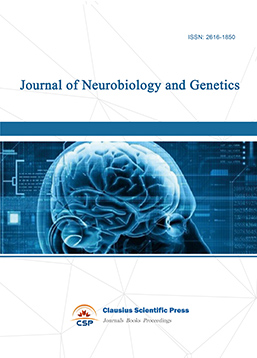
-
Medical Imaging and Nuclear Medicine
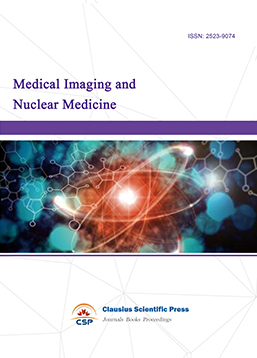
-
Bacterial Genetics and Ecology

-
Transactions on Cancer
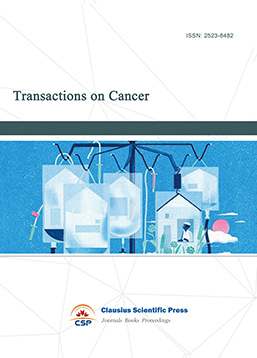
-
Journal of Biophysics and Ecology
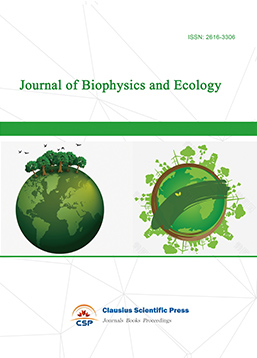
-
Journal of Animal Science and Veterinary
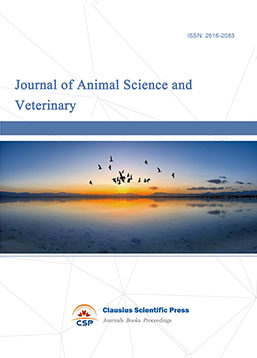
-
Academic Journal of Biochemistry and Molecular Biology
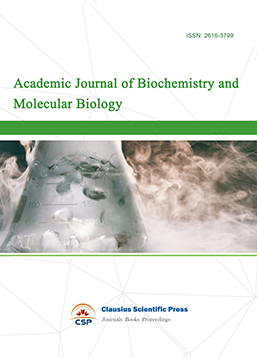
-
Transactions on Cell and Developmental Biology
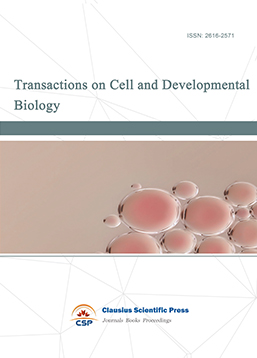
-
Rehabilitation Engineering & Assistive Technology
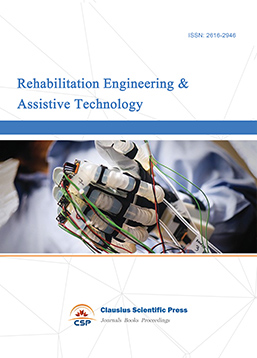
-
Orthopaedics and Sports Medicine
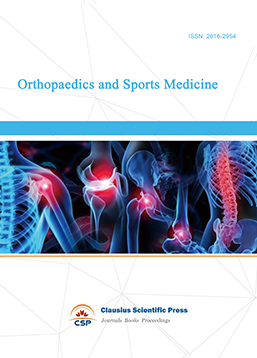
-
Hematology and Stem Cell
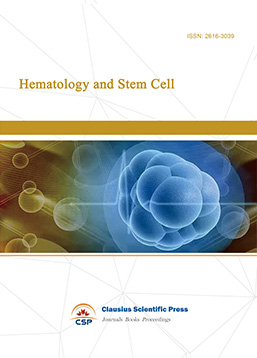
-
Journal of Intelligent Informatics and Biomedical Engineering
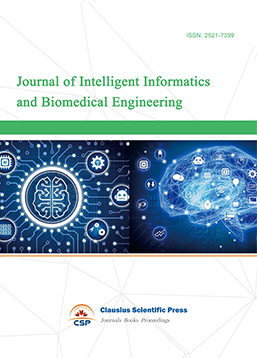
-
MEDS Basic Medicine
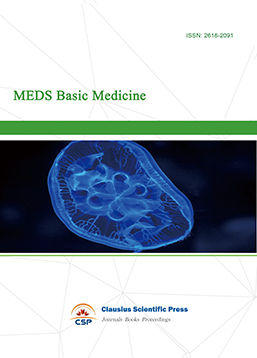
-
MEDS Stomatology
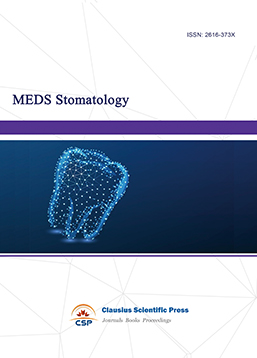
-
MEDS Public Health and Preventive Medicine
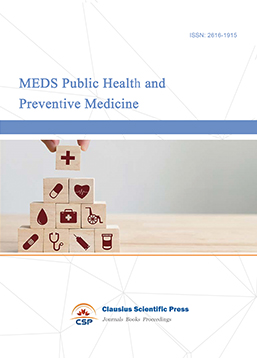
-
MEDS Chinese Medicine
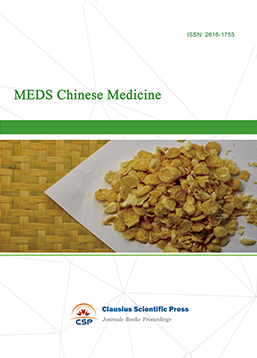
-
Journal of Enzyme Engineering
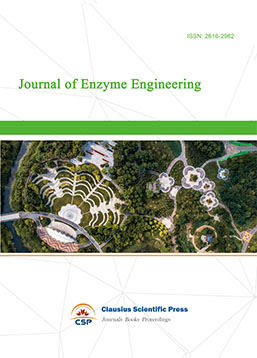
-
Advances in Industrial Pharmacy and Pharmaceutical Sciences
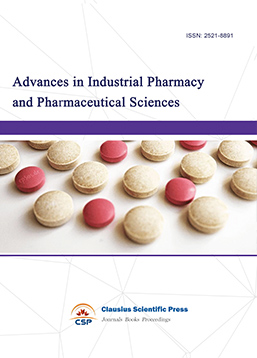
-
Bacteriology and Microbiology

-
Advances in Physiology and Pathophysiology
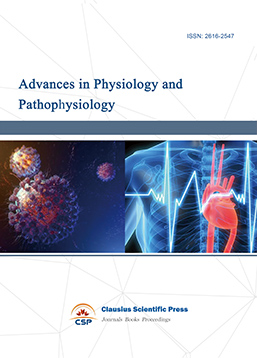
-
Journal of Vision and Ophthalmology
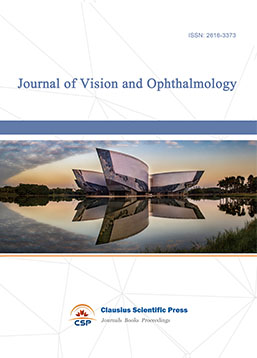
-
Frontiers of Obstetrics and Gynecology
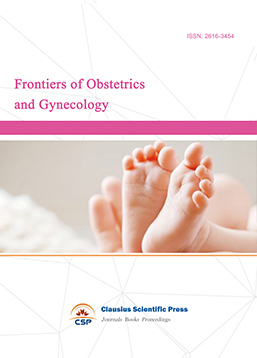
-
Digestive Disease and Diabetes
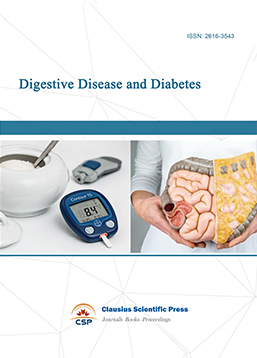
-
Advances in Immunology and Vaccines

-
Nanomedicine and Drug Delivery
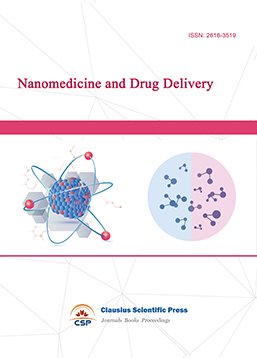
-
Cardiology and Vascular System
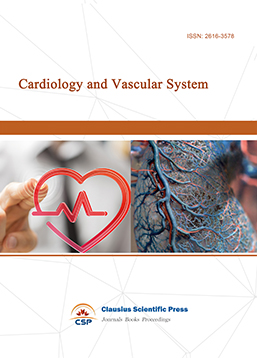
-
Pediatrics and Child Health
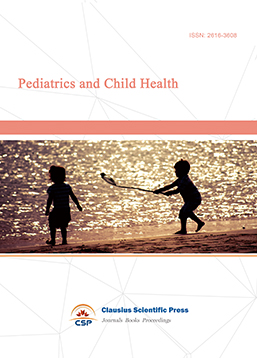
-
Journal of Reproductive Medicine and Contraception
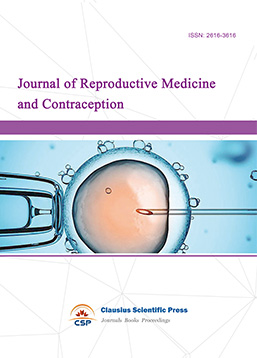
-
Journal of Respiratory and Lung Disease

-
Journal of Bioinformatics and Biomedicine
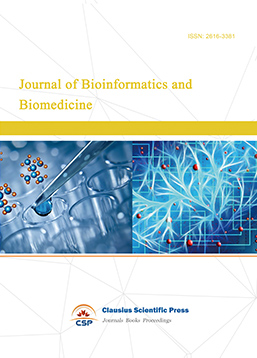

 Download as PDF
Download as PDF